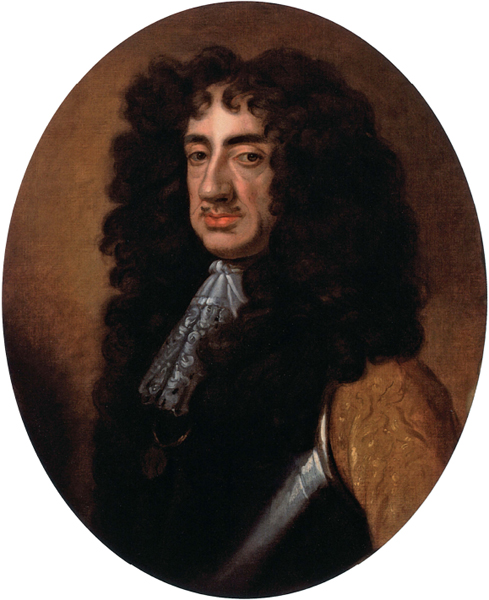The Audacious Crimes of Colonel Blood (52 page)
Read The Audacious Crimes of Colonel Blood Online
Authors: Robert Hutchinson
Haley, K. H. D.,
The First Earl of Shaftesbury
(Oxford, 1968).
Hanrahan, David,
Colonel Blood, the Man who Stole the Crown Jewels
(Stroud, 2004).
Hutchinson, Robert,
Elizabeth's Spymaster
(London, 2006).
Impey, Edward and Parnell, Geoffrey,
The Tower of London: the Official Illustrated History
(London, 2000).
Jones, Nigel, âBlood, Theft and Arrears: Stealing the Crown Jewels',
History Today
, vol. 61 (October 2011), pp.10â17.
Kaye, Eugene,
The Romance and Adventures of the Notorious Colonel Blood who attempted to Steal the Crown Jewels from the Tower of London in the Reign of Charles II
(Manchester, 1913).
Kennett, White,
A Compleat History of England with the lives of all the Kings and Queens thereof
(3 vols., London, 1706).
Kenyon, John,
The Popish Plot
(2nd edn., London, 2000).
Kippis, Andrew,
Biographia Britannica, or the Lives of the most eminent personages who flourished in Great Britain and Ireland from the earliest ages down to the present times
(6 vols., London, 1747â66).
Knight, Charles,
Encyclopedia of London
(London, 1851).
Lillywhite, Bryant,
London Coffee Houses; A Reference Book of Coffee Houses in the seventeenth, eighteenth and nineteenth centuries
(London, 1963). Marshall, Alan, âColonel Thomas Blood and the Restoration Political Scene',
HJ
, vol. 32 (1989), pp.561â82.
â
Intelligence and Espionage in the Reign of Charles 11, 1660â85
(Cambridge, 1994).
â âSir Joseph Williamson and the Conduct of Administration in Restoration England',
HR
, vol. 69 (1996), pp.18â41.
â âHenry Bennet, first earl of Arlington' in
ODNB
, vol. 5, pp.101â5.
â âColonel Thomas Blood',
ibid.
, vol. 6, pp.270â75.
â âWilliam Leving',
ibid.
, vol. 33, pp.545â6.
â âSir Joseph Williamson',
ibid.
, vol. 59, pp.352â6.
McGuire, J. T., âWhy was Ormond Dismissed in 1669?',
Irish Historical Studies
, vol. 18 (1973), pp.295â312.
Melton, F. T., âA Rake Reformed: The fortunes of George Villiers, second duke of Buckingham 1671â85',
HLQ
, vol. 51 (1988), pp.297â318.
Montgomery-Massingberd, Hugh (ed.),
Burke's Irish Family Records
(London, 1976).
Moses, D. A. H., âColonel Blood's Theft of Crown Jewels',
N&Q
, vol. 154, (7 January 1928), p.10.
O'Brien, Richard,
Studies in Irish History 1603â49
(Dublin, 1906).
ODNB â Oxford Dictionary of National Biography
, ed. H.G. Matthew and Brian Harrison (Oxford, 2004).
Osborough W. N., âJames Barry, first baron Santry', in
ODNB
, vol. 4, pp.132â3.
Pollock, John,
The Popish Plot: A Study in the History of the Reign of Charles II
(London, 1903).
Porter, Whitworth
et al., History of the Corps of Royal Engineers
(3 vols., London, 1889).
Pritchard, A., A Defence of his Private Life by the second duke of Buckingham',
HLQ
, vol. 44 (1980â1), 157â71.
Rogers, P. G.,
The Fifth Monarchy Men
(London, 1966).
de Ros, William,
Memorials of the Tower of London
(London, 1867).
âR.S.P' â âFree Pardon' with comment by Wilfred H. Holden,
N&Q
, vol. 175 (6 August 1938), 104.
Sergeant, Philip W.,
Rogues and Scoundrels
(London, 1924).
Sitwell, H. D. W.,
The Crown Jewels and other Regalia in the Tower of London
, ed. Clarence Winchester (London, 1953).
Spain, Jonathan, âSir Martin Beckman' in
ODNB
, vol. 6, pp.740â3. ââHolcroft Blood'
ibid.
, vol. 6, pp.268â70.
Thornbury, Walter and Walford, Edward,
Old and New London
(8 vols., London, 1879).
Trost, Wouter,
William III the Stadtholder King: A Political Biography
, transl. J. C. Grayson (Aldershot, 2005).
Turner, Edward,âThe Secrecy of the Post',
EHR
, vol. 33 (1918),pp.320â27.
VCH Lancs. â VCH Lancashire
, vol. 4, ed. William Farrer and J. Brownbill (London, 1911).
Walker, J., âThe Yorkshire Plot, 1663',
Yorkshire Archaeological Journal
, vol. 31 (1932â4), pp.348â59.
Weinreb, Ben and Hibbert, Christopher (eds.),
The London Encyclopedia
(London, 1983).
Wheatley, Henry B.,
Round about Piccadilly and Pall Mall, or a ramble from the Haymarket to Hyde Park
. . . (London, 1870).
Whyman, Susan E.,
Postal Censorship in England 1635â1844
, Princeton. edu/sites/English/csbm . . . /postal-censorship-england.doc. (accessed May 2014).
Williams, Sheila, âThe Pope-Burning Processions of 1679, 1680 and 1681',
Jnl Warburg and Courtauld Institutes
, vol. 21 (1958), pp.104â18.
Wilson, Philip, âIreland under Charles II, 1660â85' in O'Brien,
Studies in Irish History 1649â1775
, pp.67â124.
Younghusband, Sir George,
The Jewel House: an Account of the Many Romances connected with the Royal Regalia, together with Sir Gilbert Talbot's account of Colonel Blood's Plot here
reproduced for the first time
(New York, 1920).

This book could not have been written without the tireless and enthusiastic support of my dear wife, who has shared with me the complexities of seventeenth-century Irish politics and the conspiracies against the crown and government of Charles II.
I am very grateful to Heather Rowland, Head of Library Collections, and Adrian James, Assistant Librarian, at the Society of Antiquaries of London; Kay Walters and her team at the Athenæum Club library; the staff at the University of Sussex library at Falmer, East Sussex and the National Archives at Kew and in the Rare Books, Manuscripts and Humanities reading rooms at the British Library. My thanks are also due to the staff at the Bodleian Library; to my researchers Hilda McGauley of âRecords of Ireland' for her assistance at the National Library of Ireland and especially to Denise A. Harman for her hard work at the Lancashire Record Office. Lastly, I am particularly grateful to Robert C. Woosnam-Savage, Curator of European Edged Weapons at the Royal Armouries, and to my good friend Philip J. Lankester, Curator Emeritus, for their very kind help with Colonel Blood's ballock daggers.
At Weidenfeld & Nicolson, Alan Samson has, as always, been encouraging and helpful, as has Lucinda McNeile, and I would like to record my gratitude to my meticulous editor Anne O'Brien and to David Atkinson for compiling the index and to my agent Andrew Lownie. Any errors or omissions are entirely my responsibility.
Robert Hutchinson
West Sussex, 2015
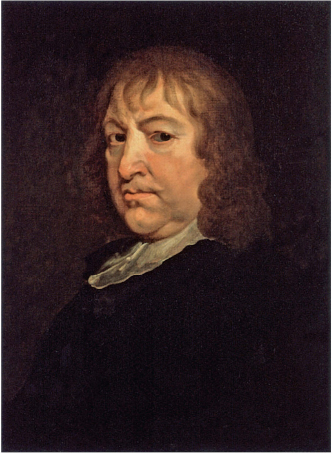
Unknown man, formerly known as Thomas Blood, attributed to Gilbert Soest and painted in the 1670s.
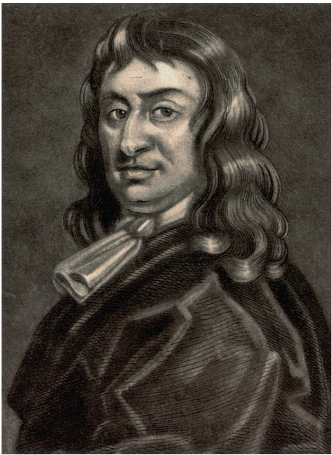
Thomas Blood by George White.
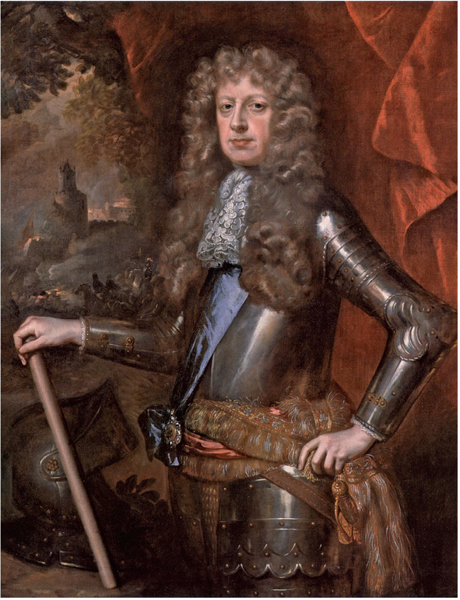
James Butler, First Duke of Ormond, lord lieutenant of Ireland during the attempted seizure of Dublin Castle in 1663, and victim of Blood's attempted kidnap and murder.
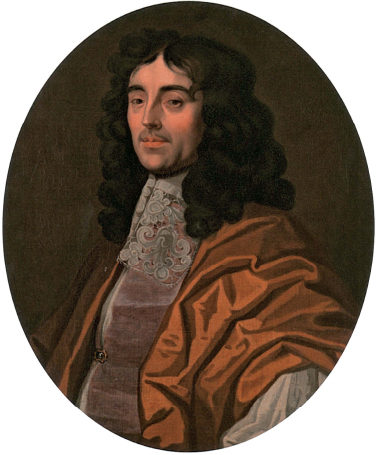
Sir Joseph Williamson, secretary of state and operational head of the Stuart secret service.
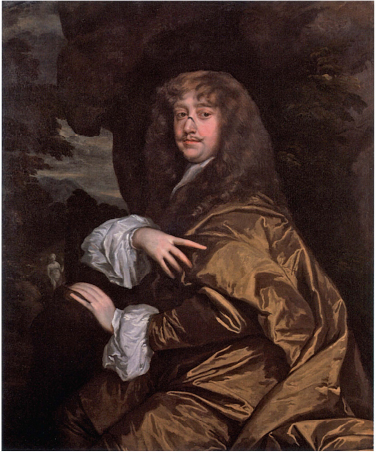
Henry Bennet, First Earl of Arlington, secretary of state and pursuer of the would-be assassins of the Duke of Ormond.
